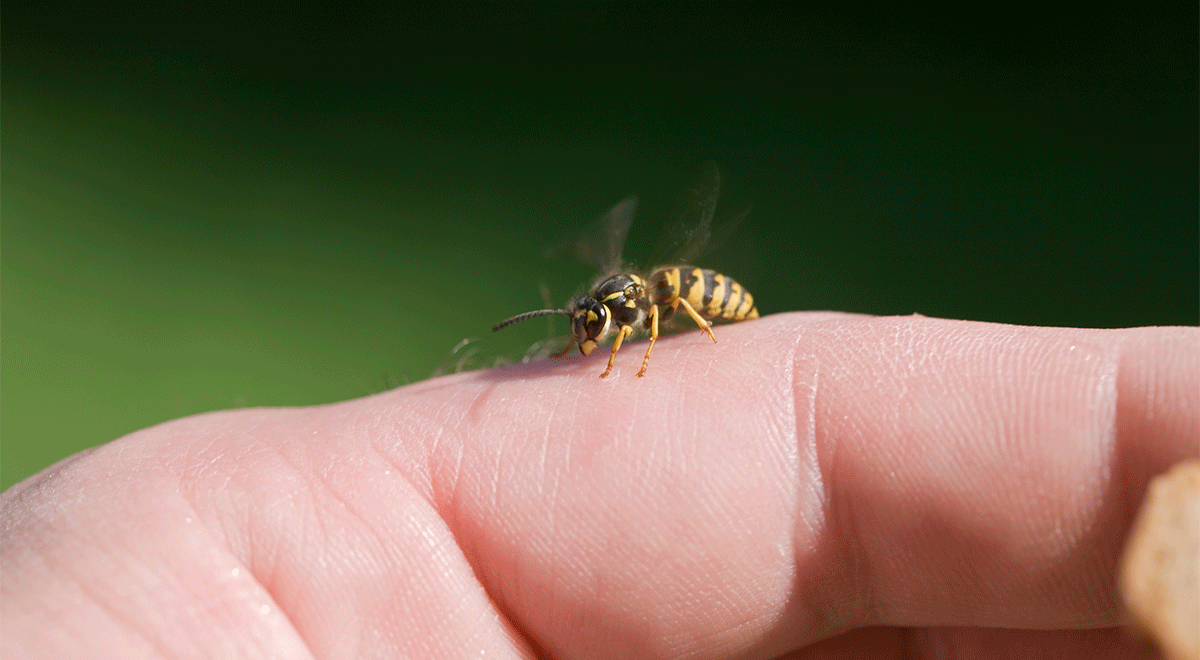Simply because something reportedly represents “ancient wisdom” does not necessarily mean it is wise. Unfortunately, this is the perception of many people when it comes to alternative medical treatments and therapies – and some pay for those perceptions with their lives. A recent case illustrating such dangers was recently reported in the Journal of Investigational Allergology and Clinical Immunology when a 55-year-old woman in Spain died after undergoing “bee acupuncture.”
The woman, who was not identified, had been undergoing monthly treatments for approximately two years. The authors report that during her final session, she “developed wheezing, dyspnea, and a sudden loss of consciousness immediately after a live bee sting.” She was taken to a hospital, where she eventually succumbed to “multi-organ failure.”
Apitherapy is a type of “alternative medicine” that incorporates the use numerous substances derived from the apinae subgroup of the apidae family, popularly known as “honeybees.” Apitherapy incorporates the use of honey and pollen as well as various secretions – including apitoxin, the poison contained in bee stings. For most of us, the effects of a bee sting are painful but short-lived. A few individuals can experience serious, even life-threatening allergic reactions, such as anaphylaxis and severe inflammation.
That said, repeated exposure to bee venom will ultimately have serious consequences for anyone regardless of their general health. The authors of the case study say that people who are frequently exposed to bee venom “carry a greater risk of severe allergic reactions than in the general population.” They add: “The risks of undergoing apitherapy may exceed the presumed benefits, leading us to conclude that this practice is both unsafe and inadvisable.”
Those “presumed benefits” have been referenced for centuries in the traditional medical practices of Asian countries as well as Egypt and the ancient Greco-Roman world. Hippocrates, generally considered to be the founder of Western medicine, reportedly used bee venom to treat rheumatism. The modern history of apitherapy begins around 1888 when an Austrian physician published an article on the subject in the Vienna Medical Press. The practice was promulgated during the 20th Century by Hungarian-American physician Bodog F. Beck, who invented the term “bee venom therapy,” and Charles Mraz, a prominent beekeeper who dedicated most of his life to the advocacy of bee venom therapy.
Although numerous claims have been made as to the health benefits of bee venom therapy, these have not been borne out by any legitimate clinical studies. To the contrary, adverse effects due to bee venom therapy are reported on a frequent basis; one study from South Korea found that, when compared with a placebo, bee venom acupuncture increased the risk of serious injury or death by over 260 percent. While one study published in 2005 found that bee venom has “significant anti-inflammatory and analgesic effects,” those researchers acknowledged that existing clinical studies were “flawed,” and concluded that more rigorous clinical study involving a much larger number of subjects was necessary in order to determine the medical value of bee venom – if such value exists.
In the meantime, bee sting acupuncture and apitoxin therapy should be relegated to the same category as blood-letting, the use of leeches and the balancing of “bodily humors” – an interesting, but ultimately antiquated, unscientific and possibly fatal form of quackery.

